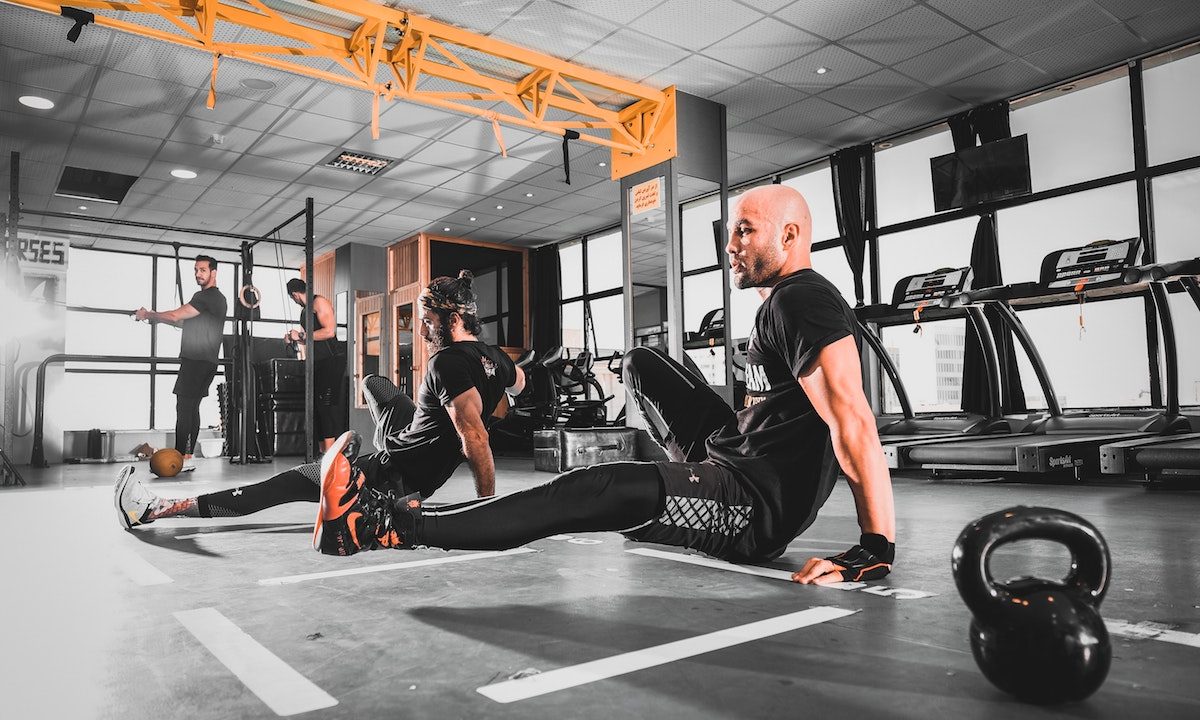In our sugary, modern world, the tempting sweetness, sneaky added sugars, and processed foods are everywhere. For our blood sugar levels, it’s like stepping onto a rollercoaster ride with spikes rising up and swoops coming down. Lowering your overall sugar intake, being mindful of the sugar in your diet (and foods that break down to sugar in your body), and consuming healthier, balanced, nutritious meals throughout the day make a difference to our overall wellness. I like to say that more balanced meals result in more balanced blood sugar.
Are your fluctuating blood sugar levels making you moody?

Fluctuations in your blood sugar can cause symptoms like weakness, dizziness, drowsiness, and fainting. You might even find yourself in a bad mood more often. Research reveals that those spikes and crashes in blood sugar levels can negatively impact mood and quality of life.
With all the benefits of exercise, it’s no surprise to me that moving your muscles and being more physically active is good news for your blood sugar. Researchers found that regular exercise reduces your risk of impaired glucose tolerance, insulin sensitivity, and type 2 diabetes. Recently, researchers explored how small changes to a diet and exercise routine affect blood sugar levels throughout the week. Here are the interesting results.
The study results

In a study published in the journal Medicine & Science in Sports & Exercise, participants wore a glucose monitor for two weeks while continuing on with their usual routines, daily meals, sleep, emotions, and tracking data for their training sessions.
The researchers found that the following weekly practices helped stabilize blood sugar levels:
- Eating high-protein foods for breakfast. A breakfast with at least 10 grams of protein lowered the risk of glucose variability, such as Greek yogurt with nuts and seeds, eggs, or cottage cheese.
- Engaging in high-intensity cardio or aerobic exercise twice a week. High-intensity generally involves feeling breathless, sweating, and a heart rate around 80 to 95% of your maximum heart rate. For example, sprinting or high-intensity interval training.
- Performing endurance sessions on the other days of the week, such as lower-intensity activities like walking, light jogging or running, cycling, swimming, and certain types of strength training.
- Adding 20-minute low-intensity activities following meals.
Glucose and oxygen

Over time, as you exercise regularly, your body becomes more efficient at using oxygen, and your VO2 max improves. Your body also becomes more efficient at glucose oxidation, which refers to how you break down and use the glucose sugar from your food. Glucose is an energy source for your body that you get from the carbohydrates in food.
More sleep and less stress

In this study, the researchers also concluded that reducing stress and getting consistent sleep positively impacted blood sugar levels.




